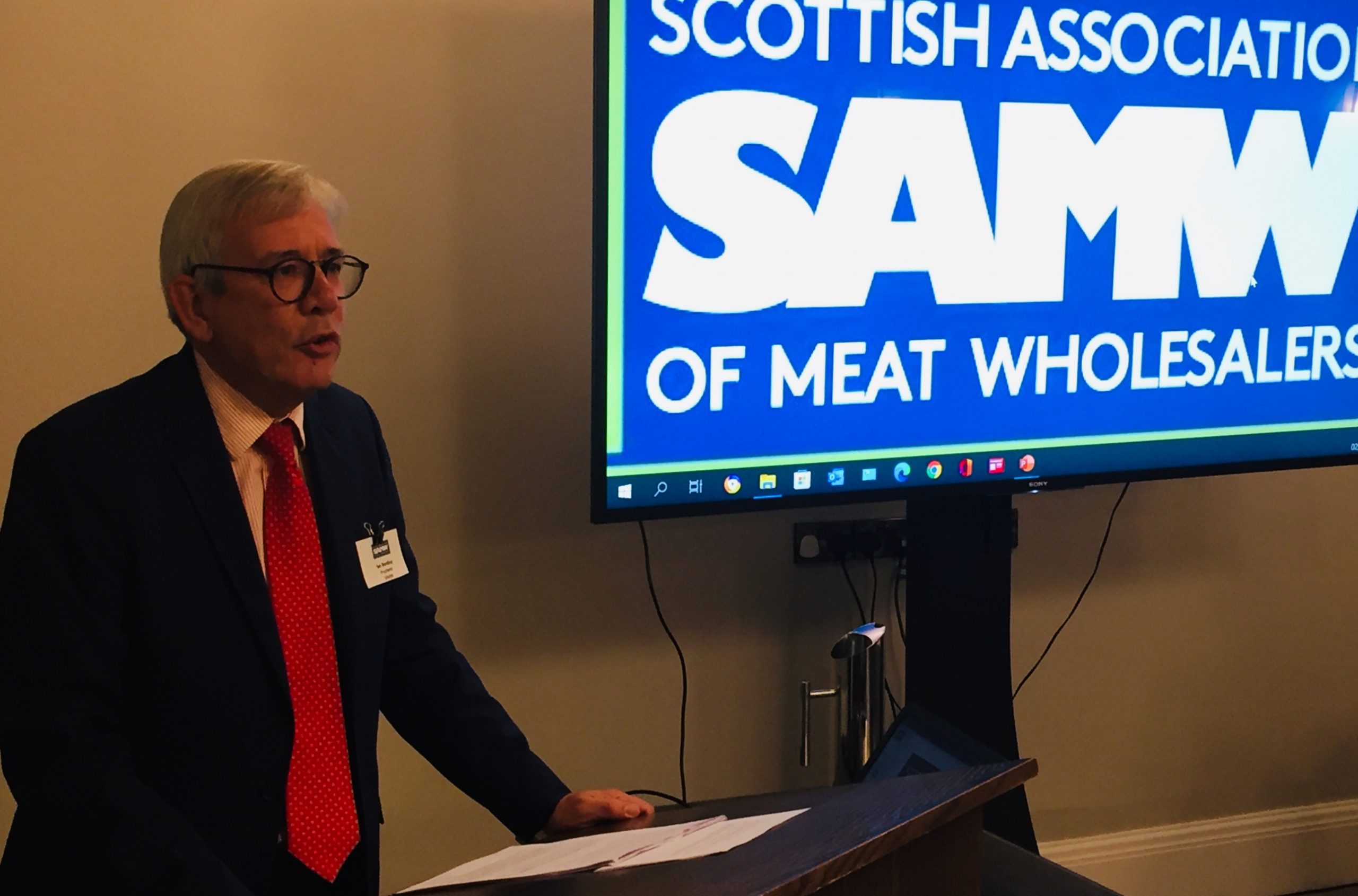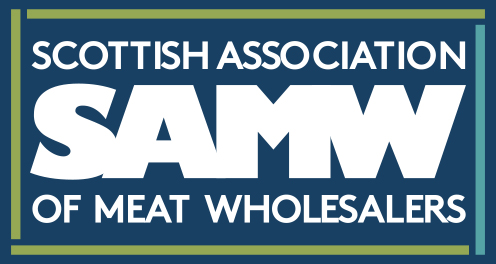SAMW Annual Conference 2022
A sustainable future for red meat supply
Ian Bentley, SAMW President, outlines his vision for the Scottish red meat sector in 2030
Those of us who remember our last Conference and compare it with this one, you must feel a bit like Rip van Winkle. Here we are again, but in a world that has changed hugely while we were away. I don’t need to go through the list of events, any one of which would seem earth shattering on its own, yet we have faced a host of them, one after the other, and all making life more difficult and uncertain.

Ian Bentley
I do not want to dwell on these issues, we hear enough about them every day, but that is not to pretend they are trivial matters – they represent serious threats to our industry in the here and now. Today, I want to look forward with some optimism about the Scottish meat industry, and to sketch out a vision of what things could be like by the end of this decade, if, and it’s a big if, we all think about what is right for the industry as a whole and take the right decisions and actions within the supply chain, and in the seats of regulatory power.
So, bear with me, I have a dream.
Sensible objective analysis
Let’s consider a 2030 where the meat industry is no longer seen as the root of all evil. Why? Because the smoke and mirrors around health will have been cast aside by sensible objective analysis, and the moderate consumption of red meat will be recognised world-wide as an essential part of a healthy diet. I have no quibble with people who follow a particular diet through personal choice. I do have a problem with pressure groups and vested interests who seek to attack our industry with distortions or, as people say now, “alternative facts”. I hope that within a few years those falsehoods will be exposed.
A 2030 world where the truth about levels of net carbon emissions produced by different methods of rearing livestock, are being accurately measured. And by net carbon I do mean net, so that the carbon storage of pasture, hedgerows and trees across our fields are included in the calculations. By then, hopefully we will have a clear picture about good and bad practices, and we will be on the way to promoting the good systems and eradicating the bad, helped by a Government which rewards the good, and supports a Scottish red meat industry for the long term.
By 2030, I would hope to see red meat exports from Scotland going across the world, in recognition of the quality and sustainability of our product, and hopefully by then no longer hobbled by export regulations which seem to do everything possible to discourage trade rather than promote it. Government has a part to play in removing these obstacles. Then trade bodies and our members need to capitalise on the opportunities which will emerge.
Technological and information revolution
In our own markets, I would like to see a recognition of the true costs of meat production, and a reflection of those costs through the supply chain. So, that means dearer meat for the consumer, I hear people say, and that may be so. But, I also think that may be a 20th century state of mind. Today and in the future, our industry needs to embrace the technological and information revolution which is transforming other industries. The use of data analysis for soil, feed and rearing at the producer level; artificial intelligence and robotics for processors, pinpointed distribution at retail levels to reduce wastage.
All these can drive out costs and improve margins without simply passing on higher prices to consumers. We have vets and meat inspectors present in all of our plants, working in ways that are no different from 10, 20, 30 years ago. Will we have the same in 2030? Or will we have harnessed the power of data reporting, remote visual access and AI to create a new model which works better and reduces costs, rather than simply ratcheting up year after year? I would hope we can get to that, but trials need to be formulated now and put in place as soon as possible.
And perhaps this is an example of something else I would like to see by 2030. We all talk about how “the industry needs to work together to solve the problems which face all of us”. How often we say that – I say it myself. How often does it actually happen? When an issue arises, each part of the supply chain is quick to defend its own position, perhaps because of the insecurity which low profitability brings.
Support – fair prices – strategic relationships
Perhaps by the end of the decade we will have a farming sector which feels supported by Government and which has established fair price agreements with processors, processors who are in long term strategic relationships with retail customers, and Government bodies which see their role as supporters, facilitators and, yes, upholders of a vital and growing Scottish industry.
Maybe my picture of the future is very rose tinted, but I do believe if we genuinely work together then much of it may come to pass and these gloomy days can be left behind. I know I and all of our members would wish that to be the case.
